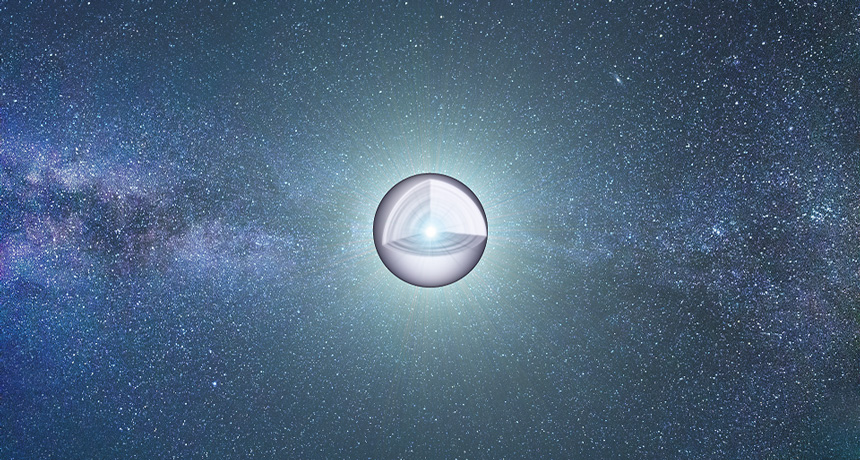
WHAT LIES WITHIN The inner structure of a white dwarf star (shown in this artist’s impression) has been mapped for the first time — and it’s more oxygen-rich than expected.
Stéphane Charpinet

WHAT LIES WITHIN The inner structure of a white dwarf star (shown in this artist’s impression) has been mapped for the first time — and it’s more oxygen-rich than expected.
Stéphane Charpinet